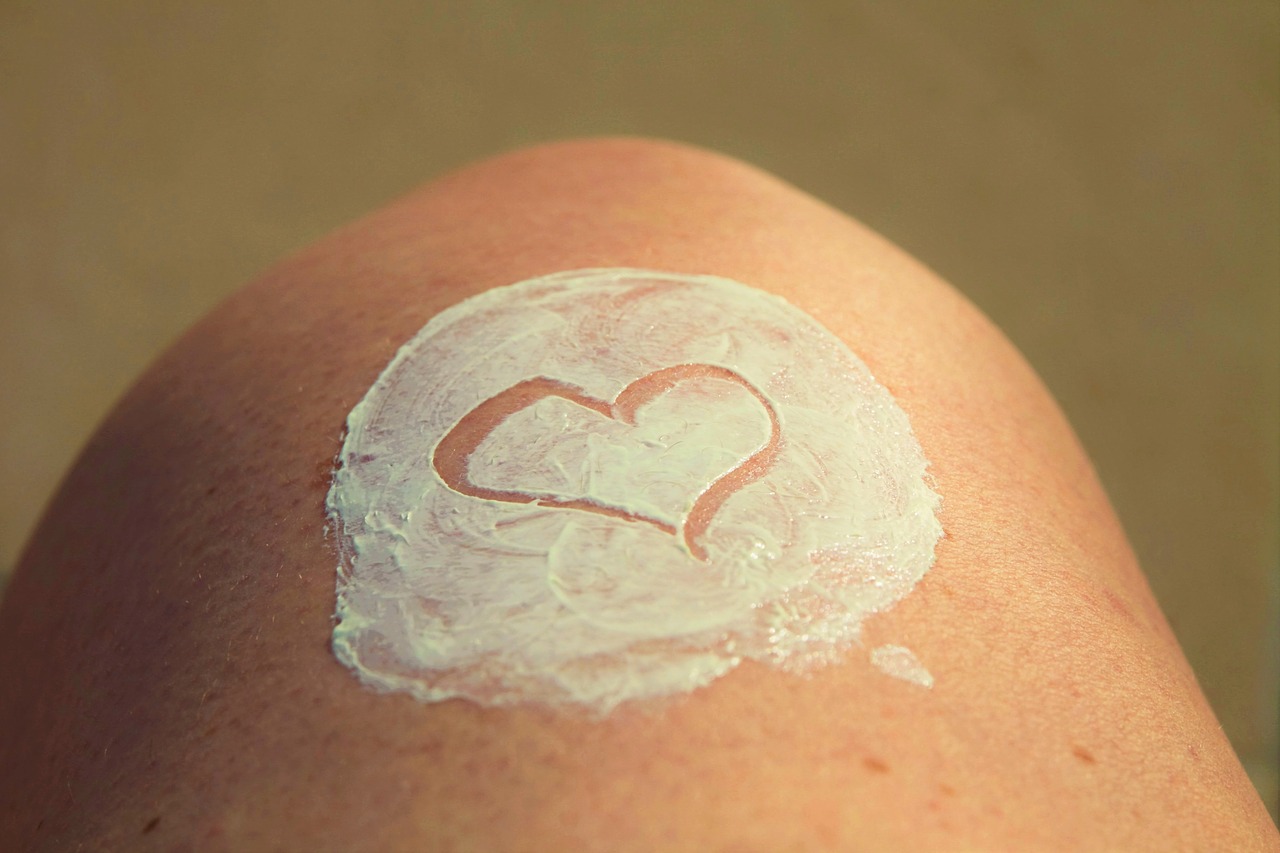Natural skin care products have been gaining a lot of popularity in the past few years because more and more people are becoming aware of the harmful chemicals that come with synthetic skin care products. The rise in demand of the natural skin-care products implies one thing: there are now so many options to choose from. So, how do you tell what is genuinely a natural product? Well, here are a few handy tips to help you identify and stay away from noxious ingredients in skin care products:
1. Be Cautious With Cosmetic Adverts
Never believe everything that you see in cosmetic adverts. Many manufacturers of skin care products make lots of promises that they would never deliver. The formulation of eye creams, for instance, seldom varies from your basic facial moisturizer. The secret is to keep it simple: all you need in a natural skin care product is a basic cleanser, moisturizer, a toner and a sunscreen. All those other products with fancy names are just dressings.
2. Ensure that the ingredients are truly natural
Toxic synthetic chemicals are some of the biggest issues in the skin care industry, so it pays to be meticulous when examining product labels. For instance, you should always understand that the word “natural” and “all-natural” are not regulated. Check sites and resources such the Skin Deep Cosmetic Database, which grade popular skin care products, to ascertain whether a given product is really natural as well as their toxicity levels.
3. Get Hints from the Product packaging
Another important parameter that you can use to establish whether a skin care product is worth your time is its packaging. For instance, you can never go wrong with a product packaged in glass because it has no risks of leaching toxins into the skin care product contained within. On the flip side, plastics such as polyethylene terephthalate (or PET) and the high-density polyethylene (or HDPE) may leach endocrine disruptor bisphenol-A into the product contained within. You should also avoid polyvinyl chloride or PVC at all costs. Also referred in some circles as “the poison plastic”, PVC is a great health and environment hazard right from the manufacturer’s plant to where it is disposed. If you cannot get a glass packaging, you could also go with Polypropylene. It is a food-safe plastic though it is less easily recycled.
Bottom-line
To ensure that you are choosing the right natural skin care products, you need to know how to tell what is genuine from fakes and how to identify ingredients that aren’t good for your skin. Hopefully, the above 3 tips will point you in the right direction.





